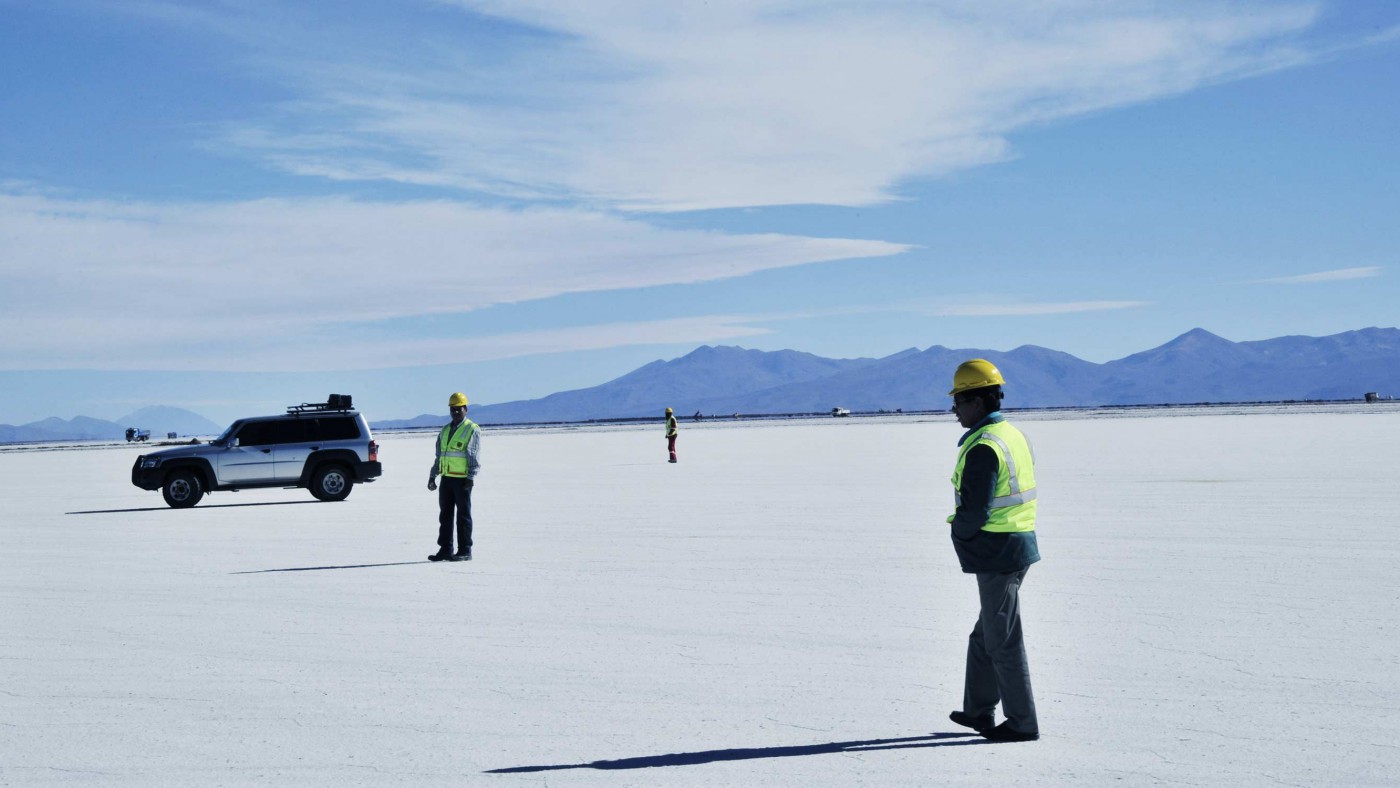A few weeks ago we wrote an article on the little discussed issue of Rare Earth Elements, and their relative scarcity, despite their global abundance. We quoted Dolly Parton who once remarked that she didn’t mind being called a dumb blonde, because she wasn’t dumb and she wasn’t blonde. So it is with Rare Earth Elements which are neither rare nor earth. So what is the problem?
Well, there are two: first, despite their abundance, they are difficult and expensive to extract; and second, none of the Earth’s Elements occur in Europe. The EU imports 100% of its REEs, mostly from China, which has a stranglehold on almost 90% of the globe’s reserves.
We were moved to write the article following attendance at a gathering of EUCheMS (European Association for Chemical and Molecular Sciences) in Brussels. The scientists there gathered had one relatively simple solution: recycle. Straightforward advice to all who deposit their glass bottles into recycling bins, or who bundle up their newspapers for collection. However, if you do, you are in a minority. The average recycling rate in the EU is 39%. In ten EU member states the rate is less than 10%. Twenty-three Member States recycle less than half of anything. Bear in mind these figures relate to the easy and the obvious: glass, paper, plastic, cardboard. When was the last time you recycled any indium, or lithium, or europium?
The last point exercised the scientists. Recycling Rare Earth Elements is becoming progressively more difficult not less. Remember in the old days when you could remove the battery from your mobile phone? Ever tried to take the battery out of your iPhone? The scientists believe the first step is to eliminate product design ‘flaws’ that make recovering Rare Earth Elements from your electronics difficult and expensive. In the view of the scientists, manufacturers of electronic goods, whether phones or cars, must consider the ‘end of life’ phase of the product and make the ready recovery of elements part of the product design criteria.
Anyway, that is what I said in the last article. We write again because a ‘Fellow’ took issue with the concept of recycling. Indeed he asserted that:
‘The best non-jargon definition of a mineral reserve is “the minerals we’re going to use in the next few decades”. To find that we’re going to use in the next few decades the minerals we’ve prepared for use in the next few decades is not evidence of a coming environmental nor resource use Armageddon.’
Perhaps that isn’t clear. Take for example indium, a key ingredient in the touchscreen of your mobile phone. The scientists’ view is that, based upon realisable reserves and rising global levels of consumption, we have enough Indium for about 77 years. The Fellow’s estimate is 34 million years. Shurely shome mishtake?
This comes back to the geologist’s conundrum, the difference between a ‘resource’ and a ‘reserve’.
A resource is an estimate of the amount of an element that is believed to be physically contained in the source rock. A reserve is the estimate of the amount of an element that can technically and economically be expected to be produced from a geological formation. In the last article I noted that there is plenty of gold in the sea, nearly 20 million tonnes of it. However, with each litre of seawater containing, on average, about 13 billionths of a gram of gold, its recovery is technically infeasible and economically unviable. So, for gold, marine resource = 20 million tonnes, reserve = 0.
So it is with indium. As we said at the outset, Rare Earth Elements are not rare, they are just fiendishly difficult to extract in an economic manner. Accurate figures on the global reserve and resource of indium are hard to come by. (Even the world demand is difficult to quantify). However, a recent paper by the Indium Corporation (by C. Mikolajczak & B. Jackson, February 2012) concludes that we have ‘total world reserves close to 50,000m tonnes of Indium.’ The authors are clear, without reclaiming material there will not be enough Indium to keep us going. Indeed even now, virgin indium accounts for only 600-650 tonnes of a demand of nearly 1700 tonnes, highlighting the importance of reclaimed material.
The problem with recycling of Rare Earth Elements is that few folks have ever heard of them, are exercised by their cost of recovery, or realise that they are controlled by China. The aim or the original article was to raise awareness. There are solutions out there, many of them within, literally within, our grasp. How many dud mobile phones do you have lurking at the back of a drawer
The challenge for governments and for the EU is to do all it can to make recycling easier. The important thing to realise is that it isn’t all about recycling centres and depositories on the street. If companies can be encouraged to think about what happens after their electronic product is defunct, we will have made a stride forward. Recognising the difference between garbage and resource is an important first step.
We began with Dolly, lets finish with her too. ‘It takes a lot of money to look this cheap.’ If we are not careful it is going to take an awful lot of resource to provide affordable mobile phones. Recycling is a part of that cost.


